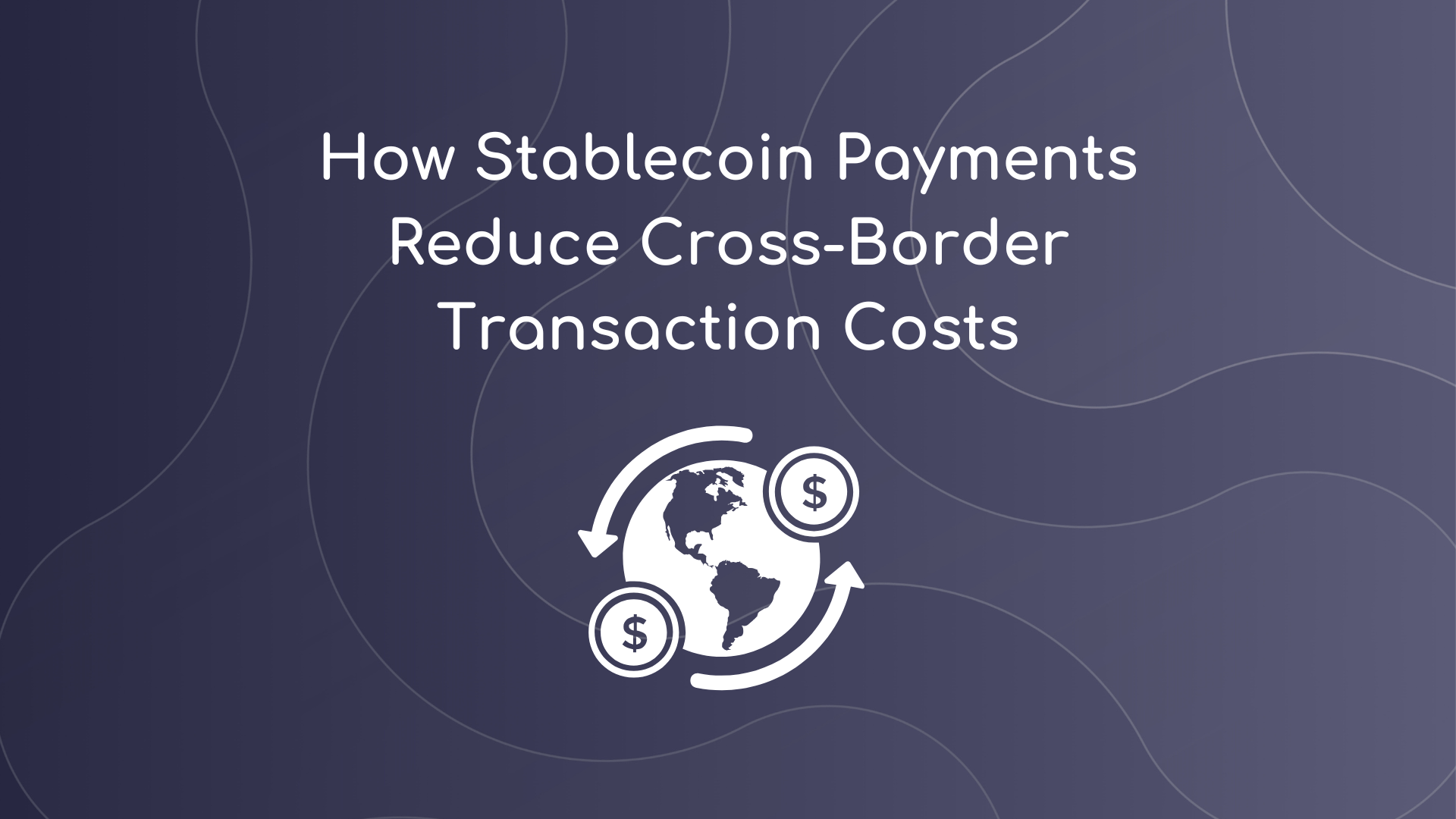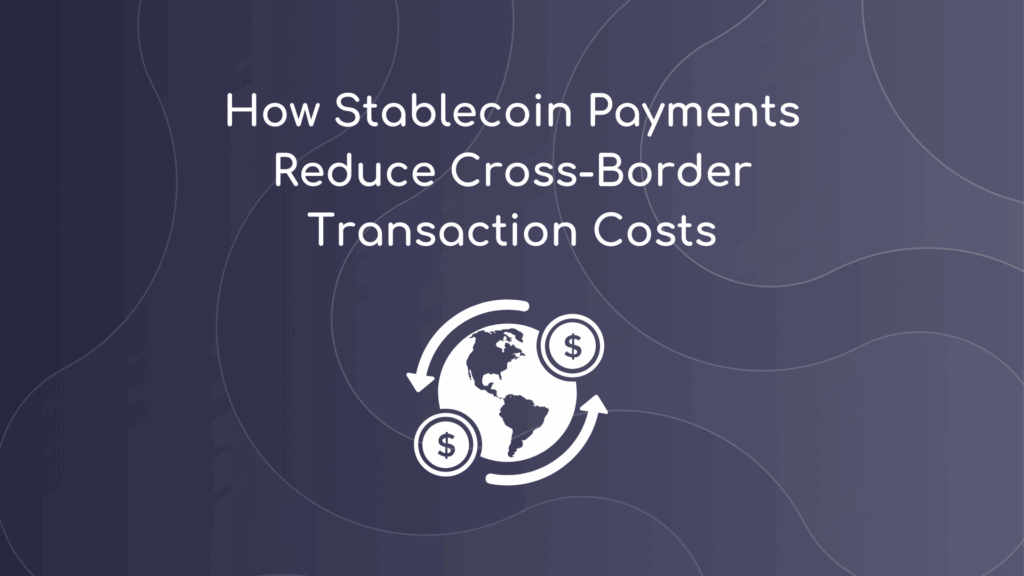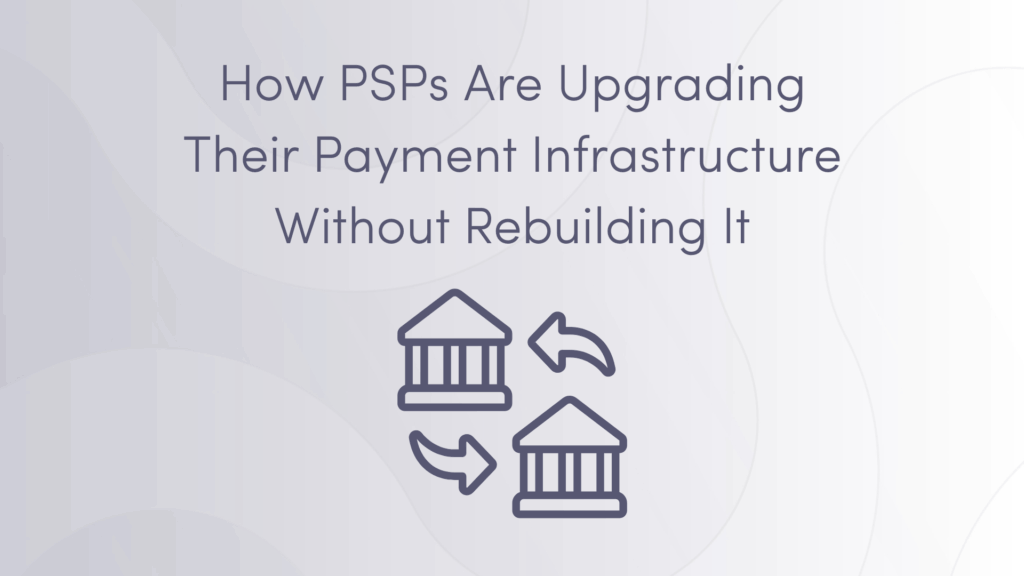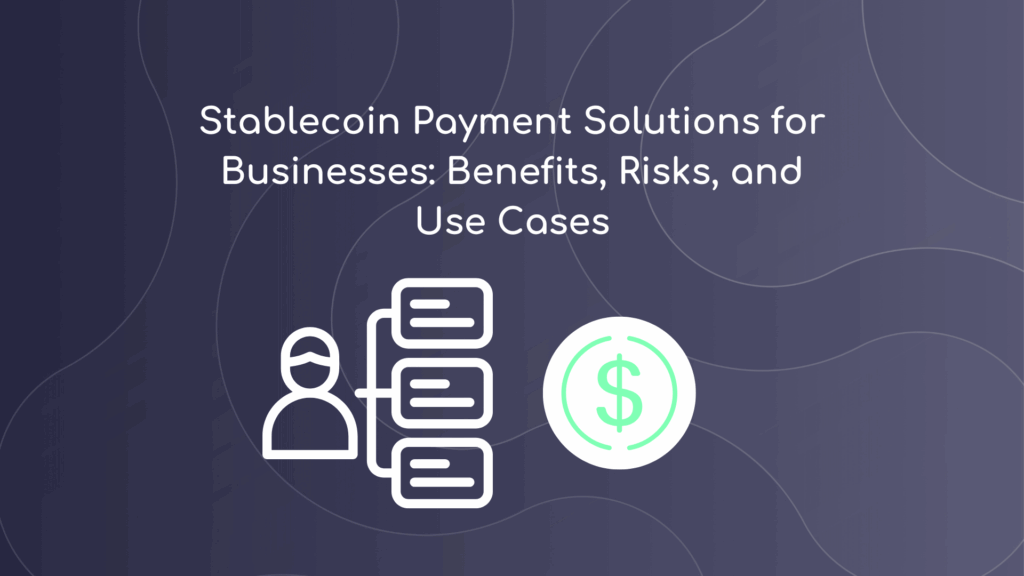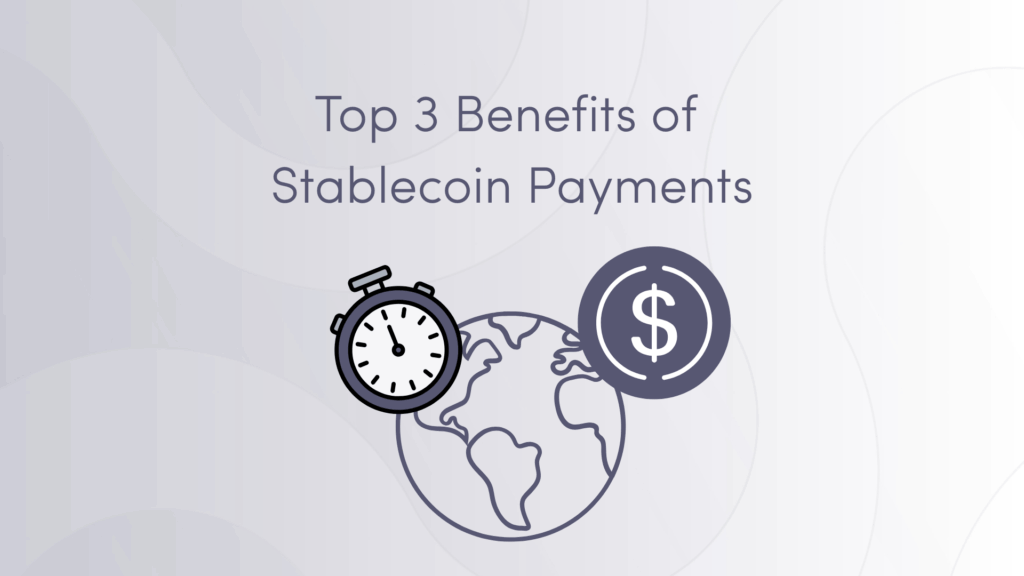International payments are notoriously slow, expensive, and complex. Between SWIFT fees, FX spreads, correspondent banks, and reconciliation delays, cross-border payments can eat into margins and hinder operational agility.
That’s why more businesses are turning to stablecoin payments, to reduce costs, eliminate intermediaries, and gain real-time visibility across borders.
If you operate internationally, here’s how stablecoins can simplify your payment infrastructure while improving your bottom line.
The Problem with Traditional Cross-Border Payments
Legacy systems like SWIFT and correspondent banking networks are:
- Slow: 2–5 business days for settlement
- Costly: stacked fees from intermediary banks and FX providers
- Opaque: hard to track payment status in real time
- Fragmented: limited support for emerging markets or new currencies
These issues are especially painful for:
- FX brokers executing high-frequency trades
- iGaming firms paying affiliates across multiple countries
- Ecommerce platforms managing global suppliers or payouts
- Fintechs with multi-currency wallets or treasury flows
How Stablecoin Payments Solve It
Stablecoins (e.g. USDC, EURC, GBPx) are digital representations of fiat currencies, transferable instantly on blockchain networks. When used in cross-border payments, they deliver several key advantages:
✅ Eliminate Intermediaries
No need for correspondent banks or payment processors, send value directly from wallet to wallet.
✅ Reduce FX Fees
Use stablecoin pairs to bypass costly FX spreads from traditional banks. For example:
Convert EUR → USDC → GBP instead of relying on poor direct EUR/GBP bank rates.
✅ Settle in Seconds
Blockchain settlement is near-instant. You avoid cut-off times, holidays, and time zones.
✅ Gain Full Transparency
Every transaction is recorded on-chain, allowing you to trace funds in real time, ideal for audits and treasury control.
Use Case: PSP with Global Payout Obligations
A payment service provider operating in Europe needs to settle thousands of USD payouts to affiliates in Latin America and Asia. Traditional methods require:
- Holding multiple currency accounts
- Using intermediaries for local delivery
- Managing FX volatility and fees
With Damex and stablecoins, the PSP can:
- Convert EUR to USDC via API
- Instantly send USDC to affiliate wallets
- Reduce FX costs and eliminate wait times
- Reconcile all payouts via a unified dashboard
Compliance Is Built-In
Stablecoin payments don’t mean cutting corners. Damex ensures that all transfers are regulated and transparent:
- KYC/KYB onboarding for all participants
- AML transaction screening in real time
- Licensing and compliance under variousMiCA and other frameworks
- Full audit logs and reporting tools for internal and external oversight
You get the speed of crypto, with the trust and rigor of traditional finance.
Final Thought: Borderless Doesn’t Have to Mean Complex
Cross-border payments don’t need to be slow, costly, or opaque. With stablecoins and the right infrastructure, businesses can:
- Cut FX fees
- Speed up global transfers
- Improve capital flow visibility
- Stay compliant across jurisdictions
This isn’t just fintech hype, it’s already in use by companies who move millions internationally, every day.
Want to modernize your cross-border payment flows?
The information contained in this article is not to be considered as financial, legal or professional advice. Services or technologies not provided by Damex referred to in this content is for information purposes only and you should consider doing your own research or ask us for further information or assistance. Any reliance placed on information is at your own risk.Damex.io is regulated in various jurisdictions. Damex provides services to institutions and sophisticated investors only and Damex’s services are not available to retail users. Information on services provided relevant to your jurisdiction and information on the unique risks that digital asset trading carries are available at damex.io/disclaimer and damex.io/risk-notice

